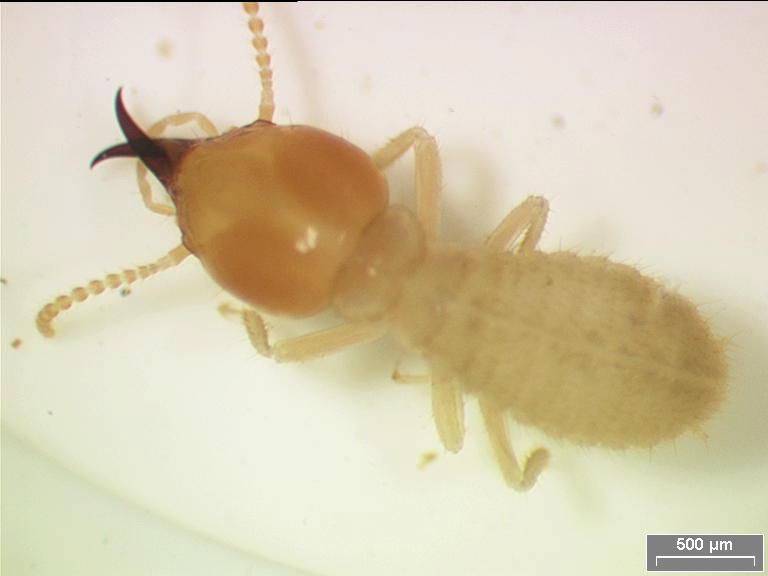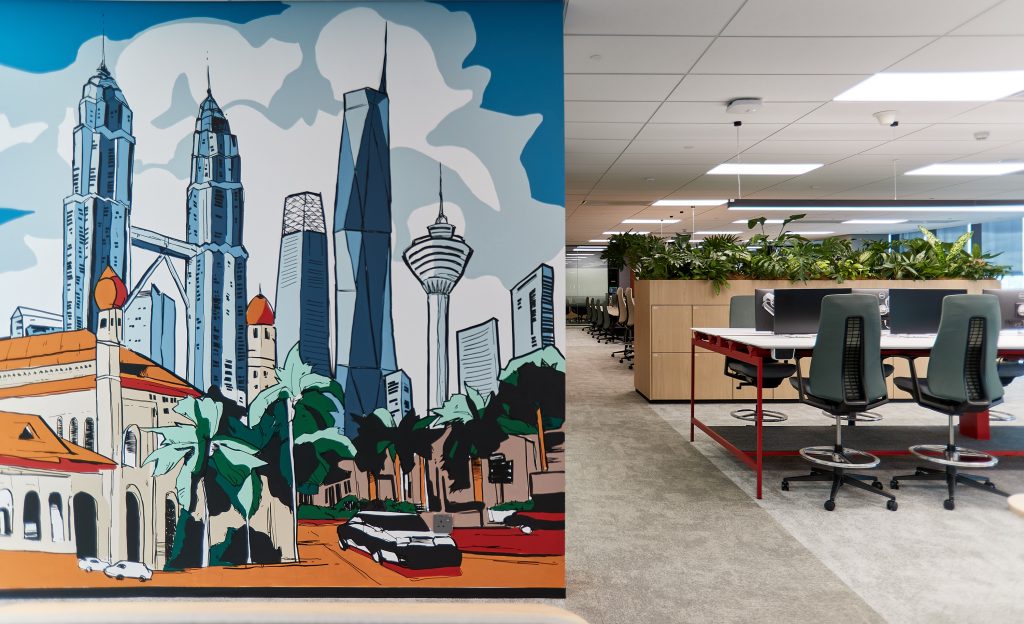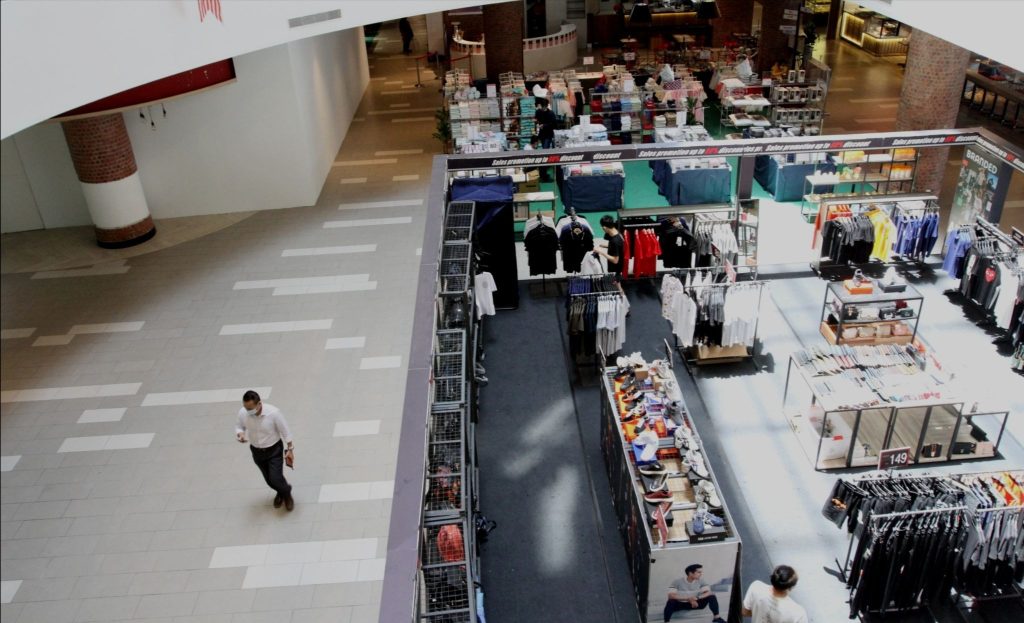Termites are found throughout the world, and they play a vital role in the ecosystem by recycling dead organics. However, few property owners would appreciate the termite’s ability to recycle wood materials, especially when it involves the structural integrity of one’s property.
Even though termites are small, they have a voracious appetite and can cause damages disproportionate for their size. Termites can deal significant structural damages to your home in a matter of months and completely destroy it within a few years.
To make matters worse, their destructive work is silent and inconspicuous. They make holes inside the wood flooring or wall, destroying it from the inside out. Externally, the wood material may appear normal, but a slight tap or prod will reveal that it is hollow from the inside.
By the time cracks and fissures start appearing on the surface, the damage is likely to be very extensive. In other words, these silent eaters will turn your house into a hazardous environment, and you might not even be aware of it.
Like all insects, the easy solution to a termite infestation is by dousing them with chemicals. But of course, prevention is better than cure and we, the homeowners, can take a couple of steps to stop a termite infestation from occurring in the first place.
For example, termites feed on wood, and they need water to survive. Hence, the elimination of these essential components will make your home unattractive to your freeloading insect tenants.
Here are some preventive measures to consider:
- Eliminate any wood materials that are nearby to your property as termites are attracted to them. Grind out or pull off nearby tree stumps to deprive the termites of a ready source of food.
- Termites live on a diet of cellulose that is present in wood materials. While they can eat almost any kind of wood, termites generally dislike heartwood. This is the dry, non-living inner part of a tree trunk. Heartwood contains less cellulose than the outer sapwood, making it less nutritious for termites. Hence, the usage of heartwood for your construction materials will minimise the chances of a termite infestation. If no naturally repellent timber is available, the wood should be impregnated with a chemical preservative.
- Moisture or a termite attack will make the wooden floor in your house swell. Check for water leaks in the vicinity. If this is not the case, then it is likely the cause of a termite attack. Tap or puncture the wood to check for hollowness.
- Besides the sub-floor area, the house attic is some of the best places for a termite colony to thrive. The wooden beams, especially in the attic, are often exposed. Check the beams regularly by pressing your thumb to the surface. The texture should be hard, not spongy.
- If possible, use plastic boxes to store your unwanted items at the attic. Termites are attracted to the cellulose content inherent in a cardboard box. Since termites can eat almost anything with cellulose, books, furniture and even clothes are not exempted from their diet.
- Storing wood near or under your property on a soil sub-floor will provide incentives for subterranean termites to make their nesting site. Wood materials should be dumped far away from your property.
- Erect a chemical or physical barrier to deter termite from approaching your property. All the exposed wood material in the structure should be treated with termiticide. If not, wooden materials can be placed above a concrete layer.
- Utilise only termite treated wood for your fence posts, retaining walls and garden beds.
- Remove wood material that has been in contact with water for a prolonged time, as termites are attracted to moisture.
- Wooden floorboards, being close to the ground, will act as a stepping stone for subterranean termites. Use concrete or other materials if you are interested in termite proofing your house.
- Make sure the sub-floor area is properly ventilated. Low ventilation results in high humidity in the soil.
- Air conditioning units provide moist environments for the termites. Ensure that the moist release of the air conditioner is facing away from the foundation of your home. Not unlike the air conditioning units, leaking taps and pipes also increase humidity and moisture. Make sure the pipes are repaired.
With all these measures being considered and implemented, it is highly unlikely that any termites will try to make a meal out of your property.
Stay ahead of the crowd and enjoy fresh insights on real estate, property development, and lifestyle trends when you subscribe to our newsletter and follow us on social media.














































